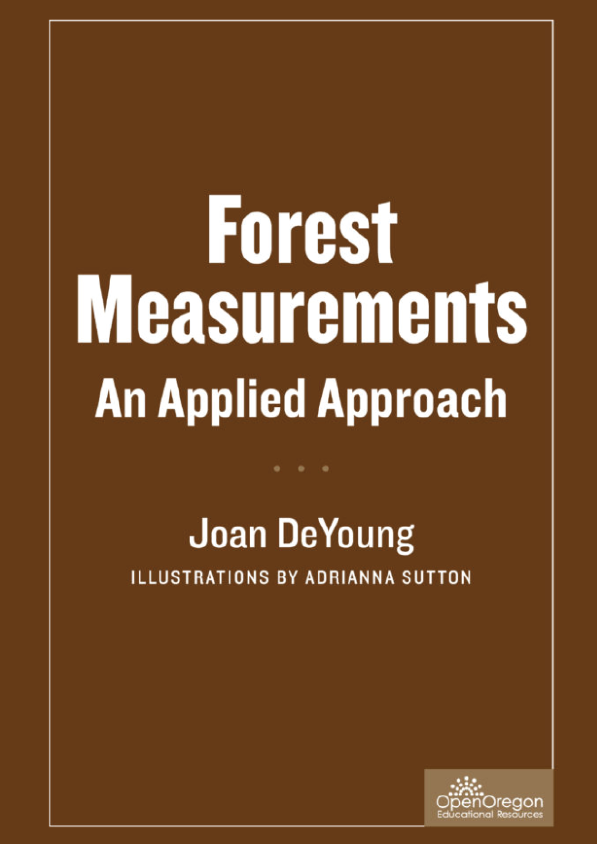Forested ecosystems occupy a rich array of varied landforms. In the Pacific Northwest, this diversity is readily apparent as one surveys the landscape– volcanic peaks contrast with wide valleys; steep, forested hillsides surround gently rolling savannas; and rapidly cascading mountain streams transition to meandering river floodplains. This varied topography is an integral part of the forest, influencing climate, soils, water, vegetation and aquatic life. Natural resource technicians are often called upon to assess the topography, and one of the common elements measured is the slope of the land. How steep is a hillside? Does it drain to a stream? Are there cliffs or bluffs present? Topographical field data collected by technicians are used to inform decisions about land management activities such as providing shade for streams, building roads or trails, and prescribing timber harvesting operations.
Slope is essentially the gradient or incline of the land. A steep slope refers to a sharp incline; a gentle slope to a slight incline. The steep, forested slopes in Figure 1.1 contrast with the gentler slope of the river’s path as it flows between them. Driving down a highway you may see a road sign that reads “6% Grade” or “Steep Grade.” The grade of the road is, essentially, its slope. The sign in Figure 1.2 indicates that the road descends at a six percent grade or a six percent slope.
Slope generally is measured with an instrument called a clinometer. When sighting through a clinometer, the measuring line is placed on the target, and %slope is read from the scale. Both eyes are open, as one eye reads the scale, and the other eye sights on the target.
Measuring %slope for profiles is easiest to do with a partner. First determine where 0 percent slope (eye level) is on your partner. Then use this point as the target when taking readings with the clinometer (Figure 1.8). In this way, you will be measuring parallel to the slope, mirroring the land.
To calculate %slope of the land from contour maps, one still needs to determine the rise and run. On a map, the rise is the difference in elevation between two points. The run is the horizontal distance between two points. Map distance is always horizontal distance.
The rise is the difference in elevation between two points. Using the elevations printed on the map and the contour line interval, an elevation can be determined for the top and bottom of the slope in question. It generally works better to simply determine the elevation at each point and subtract rather than count the contour lines between two points. Doing the latter often results in rounding errors or double counting a contour line, which can throw slope readings off by 10 percent or more.
To determine the run, the map distance is measured between the two points and converted to the same units as the elevation. If difference in elevation is measured in feet, distance should also be calculated in feet. If difference in elevation is measured in meters, distance should also be calculated in meters.











